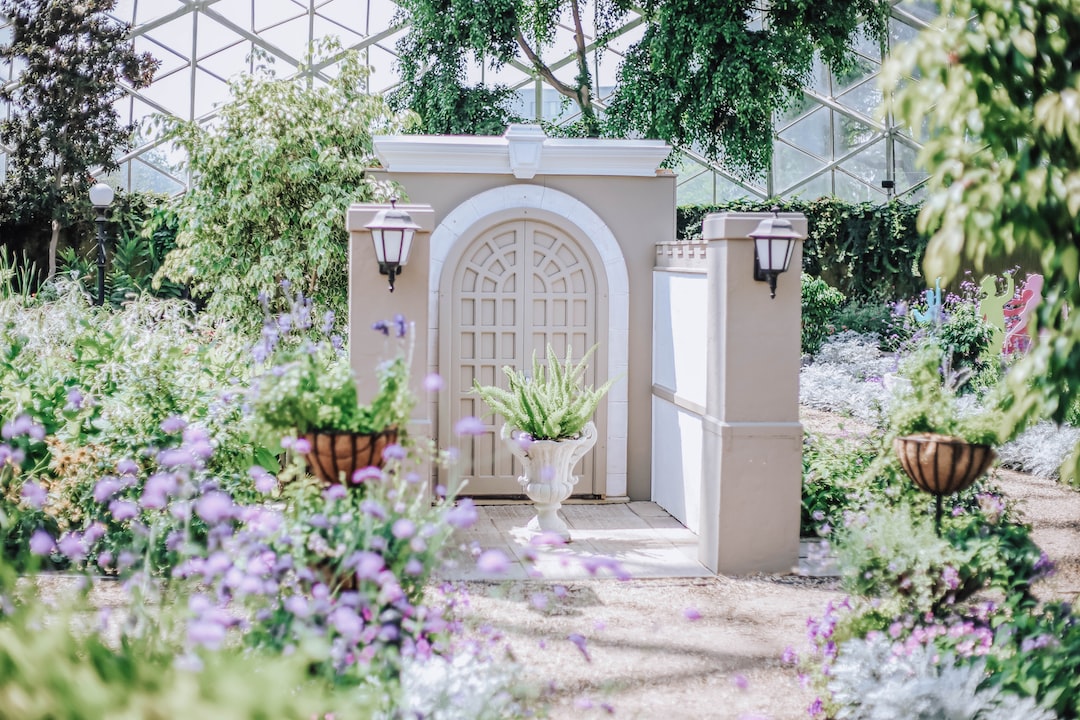How to Grow a Successful Vegetable Garden in Limited Space
Growing your own vegetables is not only beneficial for your health and wallet but also a rewarding experience. However, many people believe that they cannot enjoy the benefits of gardening due to limited space. The good news is that even with limited space, you can still grow a successful vegetable garden. In this article, we will provide you with some tips and tricks on how to maximize your space and create a bountiful garden.
1. Assess Your Space: Before starting your vegetable garden, it’s crucial to evaluate the available space. Take into consideration factors such as sunlight exposure, soil quality, and access to water. Determine the location that receives the most sunlight throughout the day as most vegetables require at least six to eight hours of direct sunlight.
2. Choose the Right Vegetables: Once you’ve assessed your space, select vegetables that are well-suited for small spaces. Opt for dwarf varieties or those specifically bred for container gardens. Examples of vegetables that thrive in limited spaces include cherry tomatoes, lettuce, peppers, herbs, and radishes. Consider your preferences and plan accordingly to make the most of your garden.
3. Container Gardening: Containers are an excellent choice for small spaces as they are portable and can be placed strategically to receive optimal sunlight. Use pots, buckets, or even hanging baskets, depending on the vegetable’s size and growth requirements. Make sure to choose containers with drainage holes to prevent waterlogging. Fill them with a high-quality potting mix rich in nutrients, specifically designed for container gardening.
4. Vertical Gardening: Utilize vertical space by growing your vegetables vertically. Use trellises, stakes, or cages to support climbing plants like cucumbers, beans, and peas. By growing vertically, you’ll be able to maximize your space and increase your vegetable yield.
5. Companion Planting: Companion planting is an effective technique where certain plants are grown together to enhance growth and repel pests. When space is limited, companion planting becomes even more important. For example, growing basil with tomatoes can improve the flavor of tomatoes and help deter pests. Similarly, planting marigolds with vegetables can repel harmful insects.
6. Succession Planting: Succession planting involves planting your vegetables in stages, allowing you to utilize the space more efficiently and prolong your harvest season. As soon as one crop is harvested, replant the space with a different vegetable. This technique ensures a continuous supply of fresh produce throughout the season.
7. Intensive Planting: Intensive planting involves growing plants closer together, thereby maximizing land usage. While it may seem counterintuitive, this technique can actually benefit the plants by providing protection against weeds, conserving moisture, and encouraging better airflow. Just make sure to follow the plant’s spacing recommendations to avoid overcrowding.
8. Vertical Herb Gardens: Herbs can be easily grown vertically using hanging baskets, wall-mounted containers, or even a simple shoe organizer. Place them near your kitchen for easy access to fresh herbs while saving valuable space. You can grow a variety of herbs such as basil, mint, thyme, oregano, and parsley.
9. Soil Improvement: Regardless of limited space, it’s vital to prioritize soil health. Before planting, enrich your soil with organic matter such as compost or aged manure. This will ensure that your plants receive the necessary nutrients for healthy growth. Regularly replenish the soil with organic matter as the growing season progresses to maintain fertility.
10. Regular Maintenance: Regular maintenance is crucial for the success of your vegetable garden. Water your plants regularly, ensuring that the soil is moist but not waterlogged. Mulch the soil surface to retain moisture, suppress weeds, and regulate soil temperature. Monitor your plants for pests and diseases, and take appropriate action to ensure their health.
By following these tips, you can grow a successful vegetable garden in limited space. Remember to be creative and think outside the box to maximize your garden’s potential. Even with minimal space, you’ll be able to enjoy the satisfaction of growing your own fresh, healthy, and delicious produce. Happy gardening!
